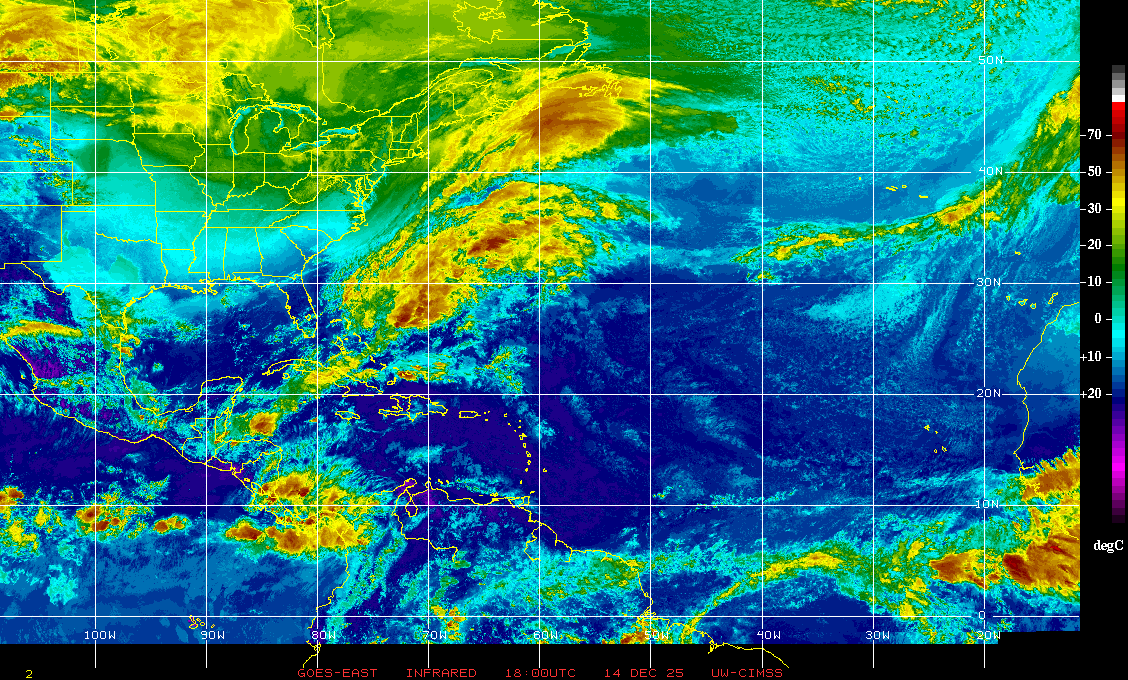Jacksonville, Fl. — The “Buresh Bottom Line”: Always be prepared!.....First Alert Hurricane Survival Guide... City of Jacksonville Preparedness Guide... Georgia Hurricane Guide.
STAY INFORMED: Get the * FREE * First Alert Weather app
FREE NEWS UPDATES, ALERTS: Action News Jax app for Apple | For Android
WATCH “Talking & Tracking the Tropics: The Science Behind the Season”
WATCH “Preparing for the Storm”
READ the First Alert Hurricane Center “Survival Guide”
A weak upper level trough of low pressure/cut-off low will develop/evolve along & near the Gulf Coast through the weekend into early next week. Some kind of weak surface low pressure will eventually result anywhere from the NE Gulf to Florida to the Western Atlantic east of the Carolina’s through early next week. There’s some chance of tropical development with the low next week, but it looks like the system would likely end up heading out to sea vs. moving toward the U.S.
There will be heavy rain for Jacksonville/NE Fl./SE Ga. through the weekend - more than half a foot for some areas!

A persistent area of t’storms moving east from the S.E. U.S. since Thu. is now a few hundred miles east of Jacksonville & SW of Bermuda. Low pressure seems to have developed within this convection, & there may be some opportunity for some tropical development. Movement will continue to be to the east & northeast away from the U.S. & conditions become less favorably by early in the week. But some heavy rain & gusty winds may affect Bermuda early in the week.
Meanwhile... the Saharan dust (5th image below) remains dominant over a good part of the Central & E. Atlantic.
The recent dust “activity” - perhaps the most extensive in years last week - as a whole is quite typical for June & July & is indicative of generally dry mid & upper level air which can often times inhibit tropical development. However, I’ve seen tropical systems thrive just outside the dust cloud ... or once away from the dusty atmosphere (see 2004)... so it’s not a “shoe in” that there will be no tropical development just because a lot of dust exists (see Dolly this week & Dorian last year). Other factors have to be considered such as the overall shear values across the Atlantic Basin, general vertical motion values & sea surface temps. which are nowhere near their seasonal peak yet.
Bottom line: we have a long ways to go (5 months) yet in the hurricane season with plenty of time to see the active basin we are anticipating.



:quality(70)/cloudfront-us-east-1.images.arcpublishing.com/cmg/WW5AJL3ARQUGDQMAQUNSFX4CLE.jpg)




















:quality(70)/cloudfront-us-east-1.images.arcpublishing.com/cmg/Z5VHE63WVZHORWO5B25EALQYUA.jpg)
:quality(70)/d1hfln2sfez66z.cloudfront.net/04-23-2024/t_8846f6a1613746e2863363cea1df0c34_name_file_960x540_1200_v3_1_.jpg)
:quality(70)/cloudfront-us-east-1.images.arcpublishing.com/cmg/L7MQYZU3KZDHZMUKLBZPJVGMAM.jpg)
:quality(70)/d1hfln2sfez66z.cloudfront.net/04-22-2024/t_2ed9b79169dc4769babdade6a9c7c303_name_file_960x540_1200_v3_1_.jpg)
:quality(70)/cloudfront-us-east-1.images.arcpublishing.com/cmg/63LYXISUG5F33LWU3JPVMEO5QA.png)